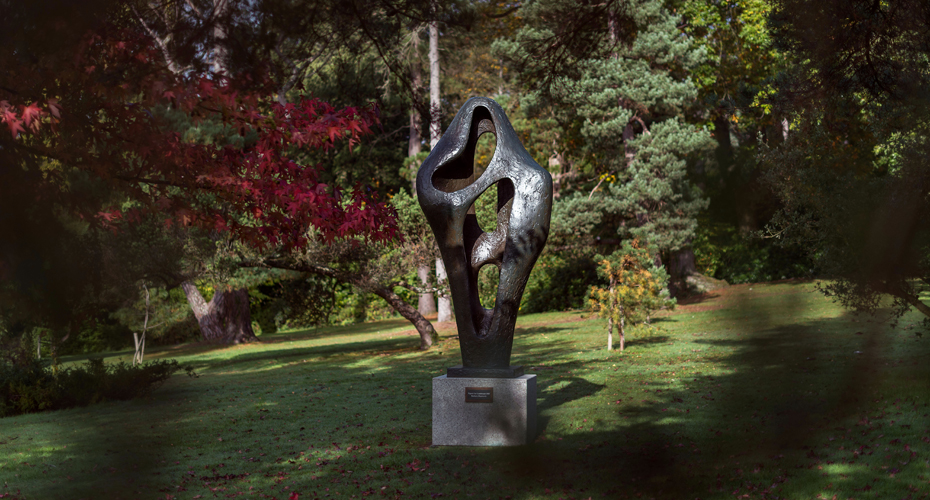Art History & Visual Culture
![]()
Top 10 for History of Art, Architecture and Design
The Times and The Sunday Times Good University Guide 2024
![]()
Internationally recognised fine art, heritage and film collections on site, including the Bill Douglas Cinema Museum
![]()
Wide variety of techniques and approaches to learning, including opportunities for study in the field at galleries and museums
![]()
Spend an intensive one week study trip in one of Europe’s renowned cultural centres, such as Florence or Berlin
Degrees at Streatham Campus, Exeter
Art History & Visual Culture at Exeter

Art History & Visual Culture at Exeter is an exciting area of study which explores both the history of art and more recent ideas of the visual – extending the analysis of visual forms from the historical right through to areas of modern and contemporary practice.
Broadly speaking, Art History is traditionally associated with the study of the fine arts (painting, sculpture, printmaking, architecture etc.); Visual Culture is concerned with artefacts and practices not routinely included in art historical research, including photographic and digital works, popular and ephemeral items, the role of the visual in scientific contexts; and other aspects of the visually-dominated world in which we live. Today, however, the boundaries between art history and visual culture are becoming increasingly blurred so we offer our students the opportunity to engage with both subjects as a field of study where the disciplines are in dialogue with one another.
You will gain a thorough understanding of the principles underpinning the history of art and visual culture, with an awareness of the ways in which painting, sculpture and architecture, photography and other modern visual media can be considered in relation to their cultural and historical contexts. You will also develop the critical and analytical skills and techniques required to analyse visual works, using artefacts and first-hand source material to inform your studies.
Find out more about Art History and Visual Culture research and our well-established links with museums and galleries here.
Having studied Art History at A-Level, I came to my degree expecting a very traditional course, focusing on old masters, and European works.
However, the breadth of specialism amongst the lecturers is phenomenal. The variety of module choices, despite being challenging, is something to be welcomed and contrasts with the more conventional course I had originally expected. The size of the course has actually been one of the most enjoyable elements of the degree as it enables you to get to know everybody and fosters a great environment that makes you feel at ease very soon after starting at university.
Alicia
BA Art History & Visual Culture



